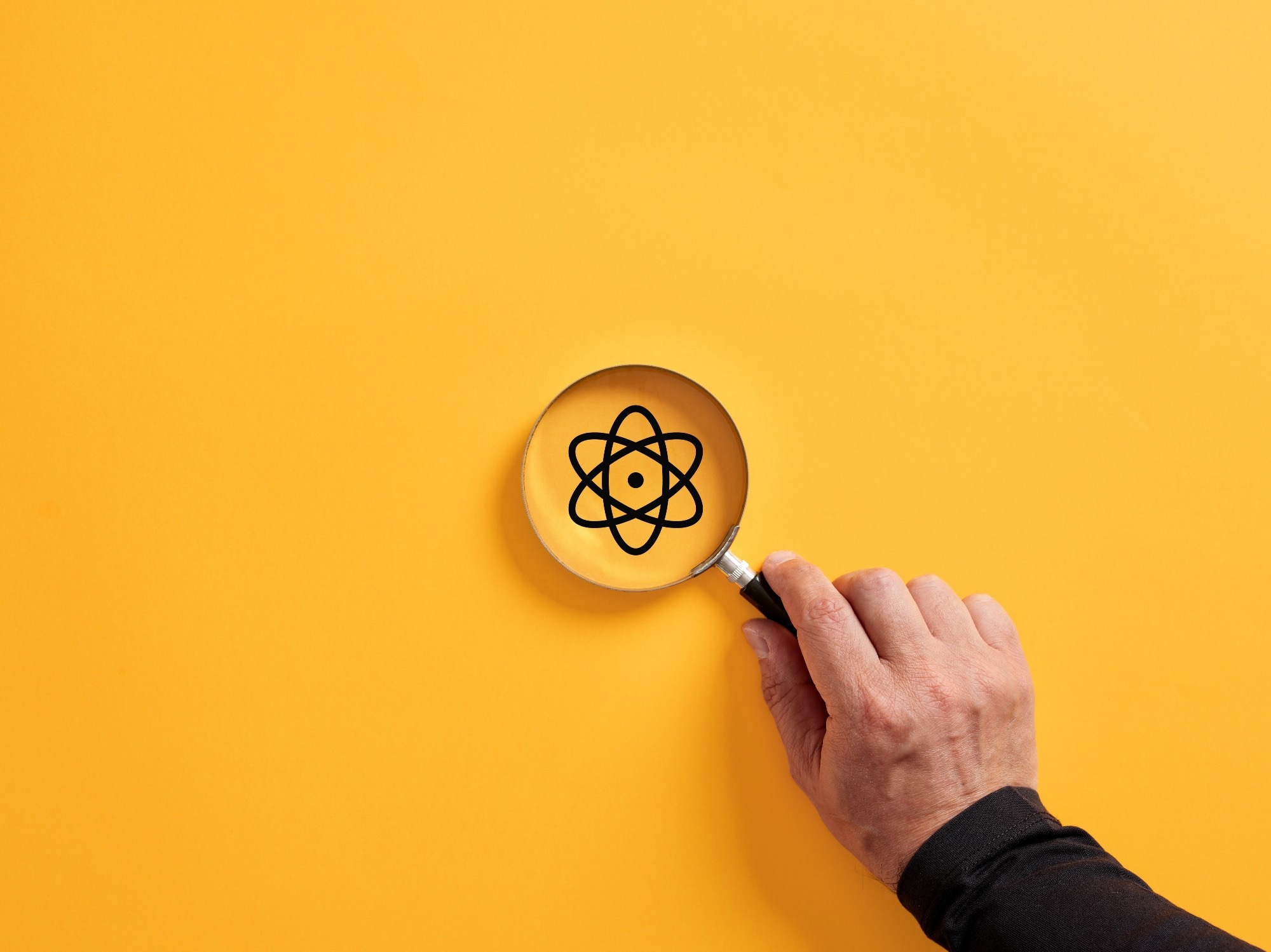In a recent article published in Nature Communications, researchers introduced a novel approach to exploring chemical reactions at the nanoscale using a "quantum magnifying glass." Nanoscopic systems exhibit diverse molecular substructures that play crucial roles in specific functions.
However, building theoretical models to describe and predict these capabilities poses significant challenges, particularly in constructing atomistic structures and selecting quantum regions within quantum-classical hybrid models.
 Study: Nanoscale chemical reaction exploration with a quantum magnifying glass. Image Credit: Cagkan Sayin/Shutterstock.com
Study: Nanoscale chemical reaction exploration with a quantum magnifying glass. Image Credit: Cagkan Sayin/Shutterstock.com
Background
The investigation of chemical reactions in nanoscopic systems presents a significant challenge due to the inherent complexity arising from the system size and the multitude of degrees of freedom involved.
Understanding the reaction mechanisms at the atomic level is crucial for various fields, including catalysis, biochemistry, and materials science.
However, traditional exploration methods often fall short in providing a comprehensive understanding of these intricate processes.
The need for advanced computational tools and methodologies to study nanoscale chemical reactions stems from the limitations of experimental techniques in capturing the detailed dynamics of molecular interactions at such small scales.
The Current Study
The study utilized a sophisticated computational framework within SCINE to facilitate the exploration of nanoscale chemical reactions with a quantum magnifying glass. The methodology involved several key steps to enable the efficient and accurate analysis of complex reaction sequences in nanoscopic systems.
The research team employed advanced data management techniques to organize and store the vast amount of information generated during the exploration process. This included the storage of molecular structures, reaction pathways, and energy profiles for subsequent analysis.
Quantum chemical calculations were performed using state-of-the-art computational tools to investigate the electronic structure and energetics of the nanoscopic systems under study.
These calculations involved the application of quantum mechanics to accurately describe the behavior of atoms and molecules at the quantum level.
The SCINE open framework allowed for the manipulation of molecular structures at the nanoscale to isolate specific regions of interest for detailed analysis. This capability enabled the researchers to focus on key components within the nanoscopic systems and explore their reactivity in depth.
The development of the Focus UNtie Navigate Expand Leverage (FUNNEL) workflow was a critical aspect of the methodology, enabling the automated determination of core models for reactions and the subsequent exploration of reaction pathways.
This workflow consisted of several interconnected steps: automatically determining a core model for the reaction of interest, excavating a chemically valid subsystem from the nanoscopic environment, conducting an automated reaction search in the core model, transplanting the identified reaction paths back into the full atomistic structure, and assessing the structural and energy effects of the environment through refinement within the full quantum mechanical/molecular mechanical (QM/MM) model.
Computational tasks were executed on standard desktop computers, demonstrating the feasibility and practicality of the proposed methodology. The use of readily available computing resources highlights the accessibility and scalability of the approach for studying nanoscale chemical reactions.
By integrating advanced data management, quantum chemical calculations, and automated workflow procedures, the methodology presented in this study offers a comprehensive and efficient framework for exploring complex reaction mechanisms in nanoscopic systems with a quantum magnifying glass.
Results and Discussion
The application of the FUNNEL workflow in exploring nanoscale chemical reactions yielded insightful results that shed light on the reactivity of complex systems at the molecular level.
By identifying 17 elementary steps of a single-step esterification reaction out of a total of 103 elementary steps, the study successfully unraveled the intricate details of the reaction mechanism. These steps were further categorized into 18 reactions, including a two-step esterification mechanism that led to the formation of a tetrahedral intermediate.
The focus of the discussion centered on comparing the activation energies of the one-step and two-step mechanisms, with particular emphasis on the similarities observed.
The analysis revealed that the one-step mechanism exhibited activation energies comparable to those of the two-step mechanism, indicating a potential convergence in the reactivity pathways. This finding underscores the importance of exploring alternative reaction pathways to gain a comprehensive understanding of the underlying mechanisms in nanoscopic systems.
Moreover, the exploration process was conducted efficiently on a standard desktop computer, demonstrating the practicality and accessibility of the proposed methodology.
The ability to automate core model construction, reaction pathway exploration, and structural refinement within the full QM/MM model showcases the effectiveness of the FUNNEL workflow in streamlining the analysis of complex reactions in nanoscopic systems.
Conclusion
The article concludes by emphasizing the significance of the quantum magnifying glass approach in enabling efficient exploration of nanoscale chemical reactions.
By automating core model construction, reaction mechanism exploration, and back-transplantation processes, the FUNNEL workflow provides a systematic and effective method for studying complex reactions in nanoscopic systems.
The results obtained from the study showcase the potential of this approach in advancing our understanding of molecular processes at the nanoscale.
Journal Reference